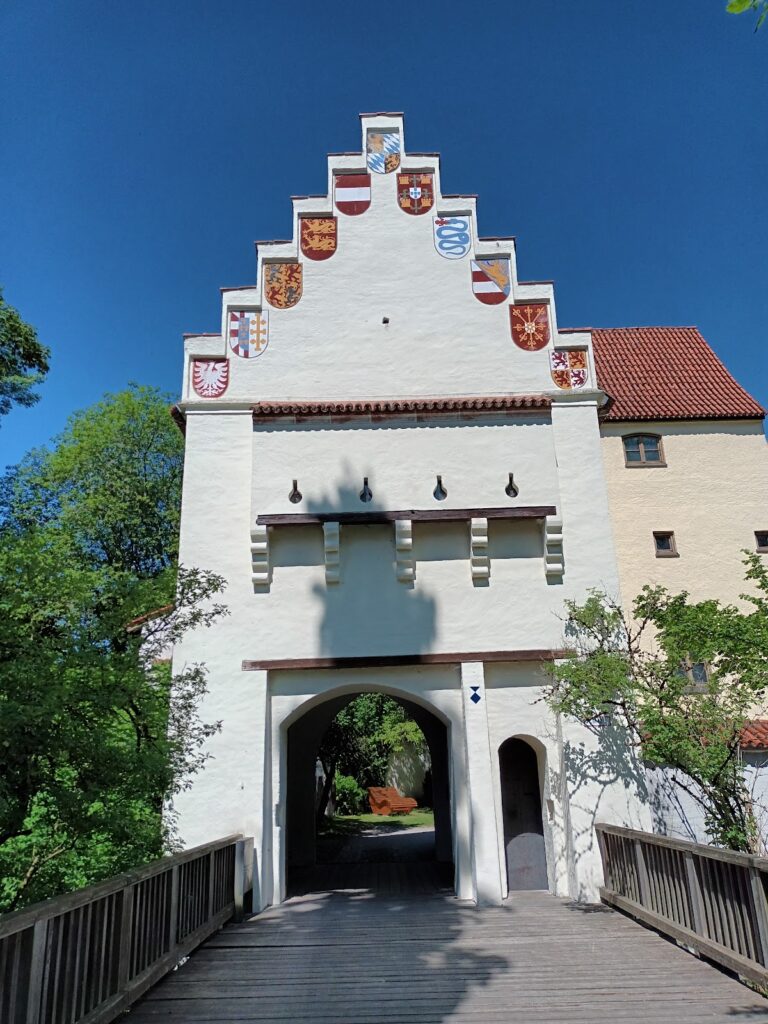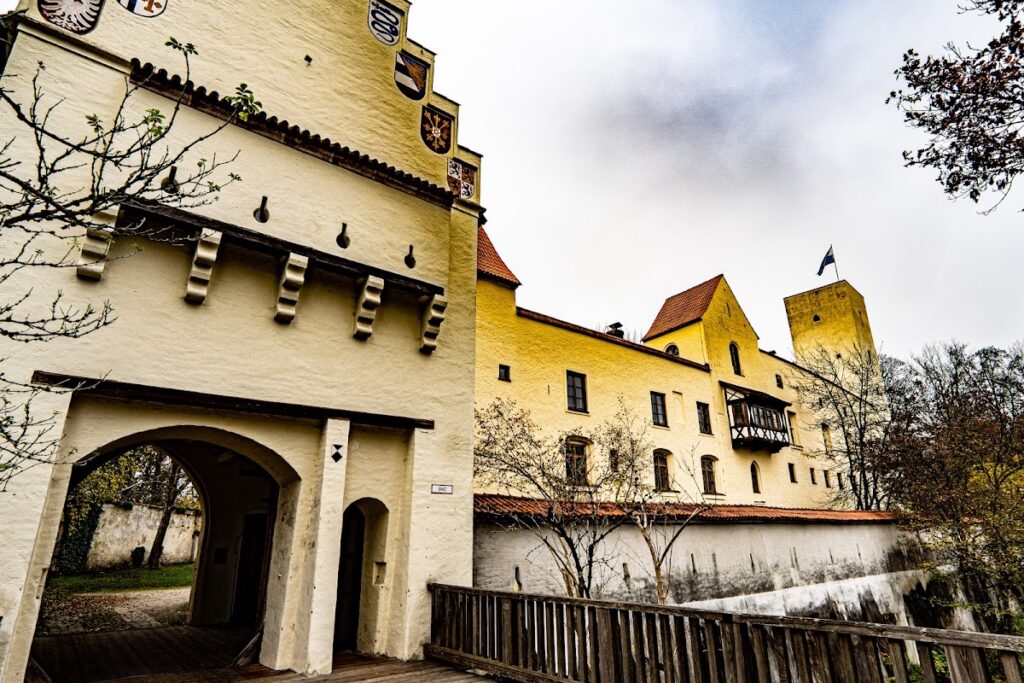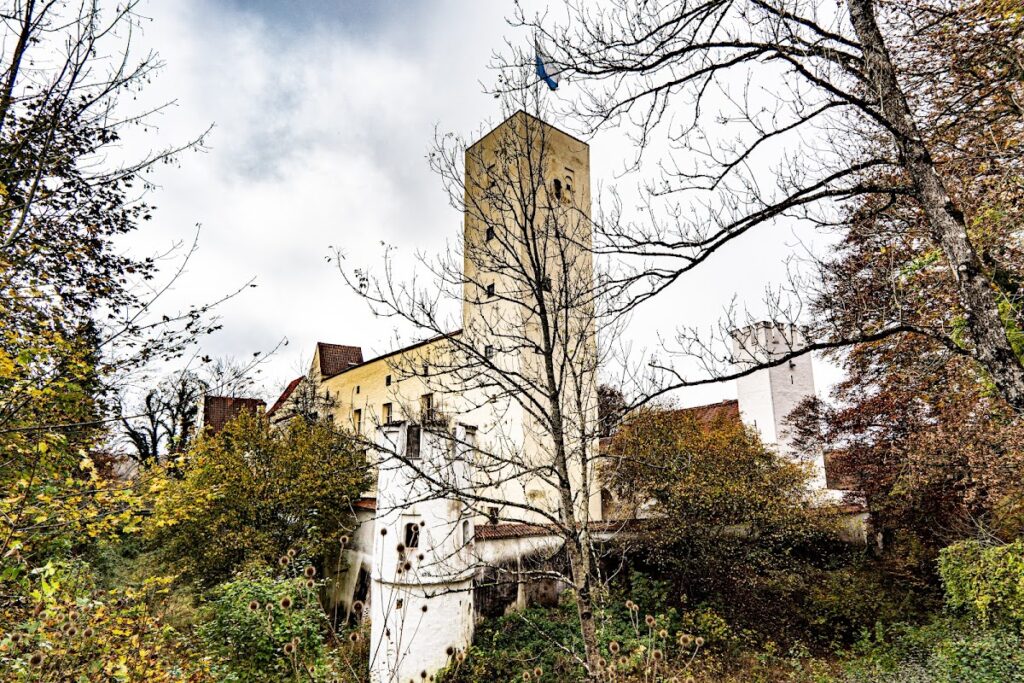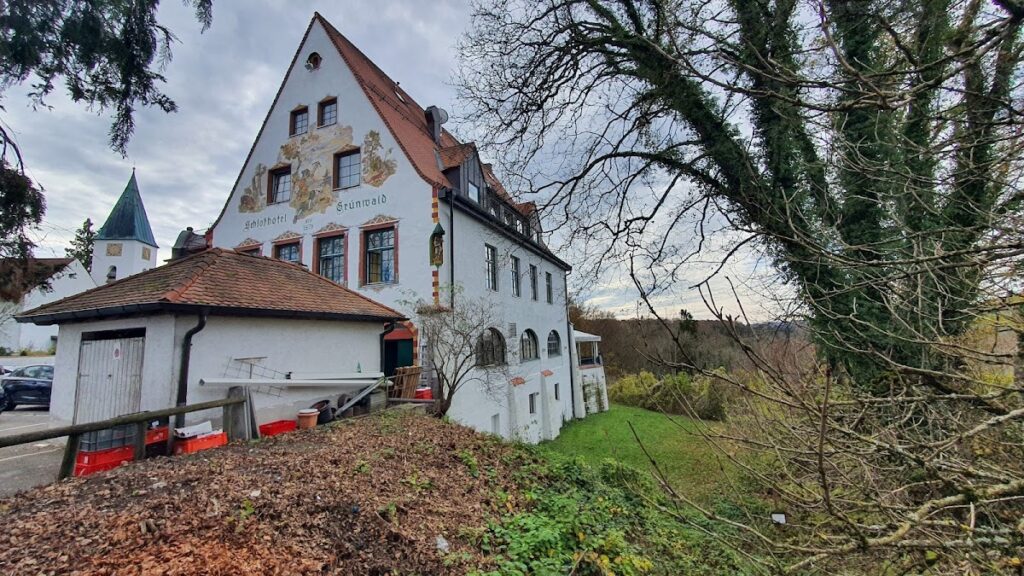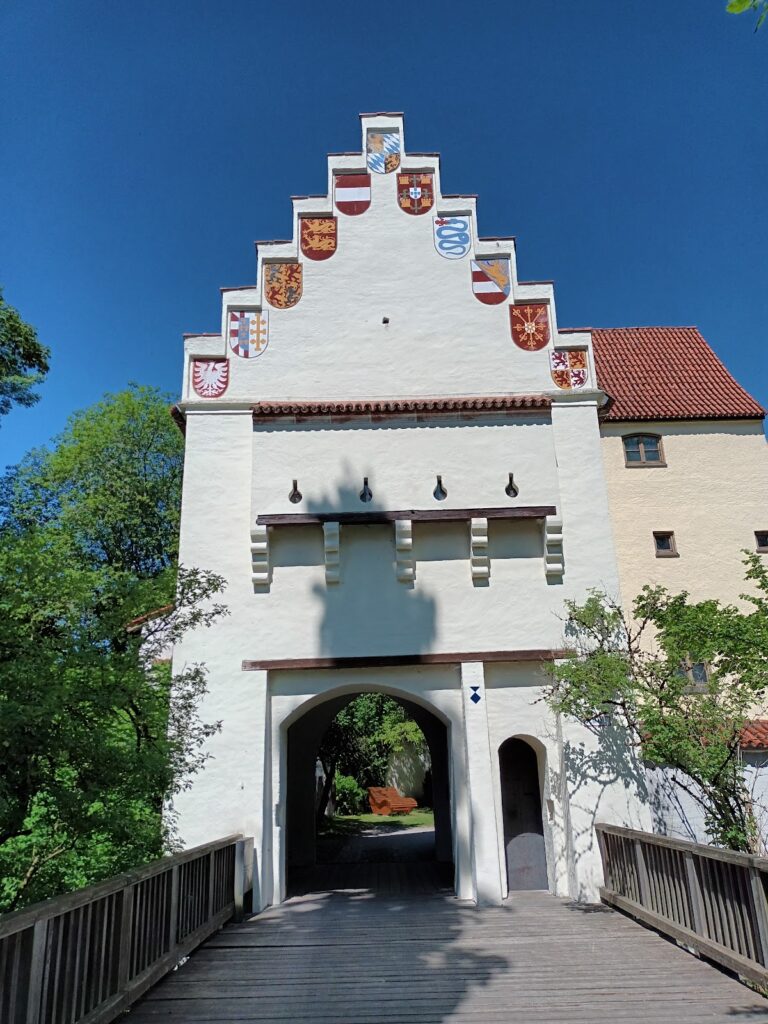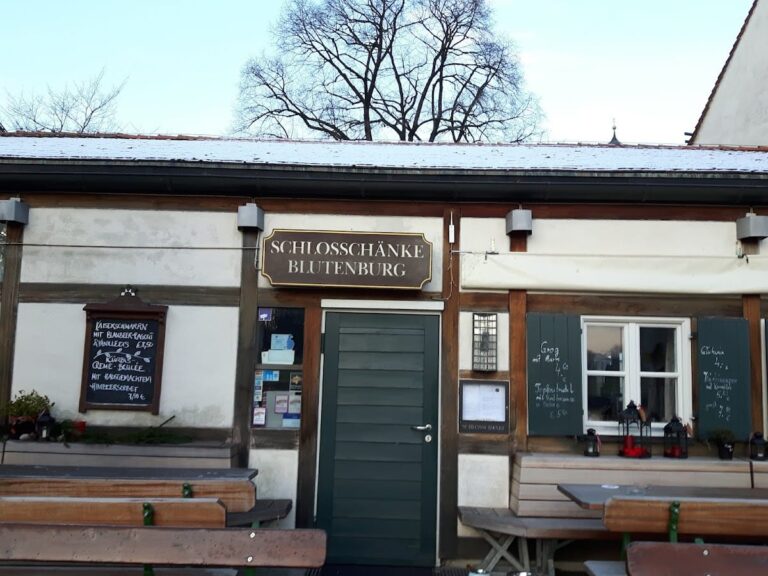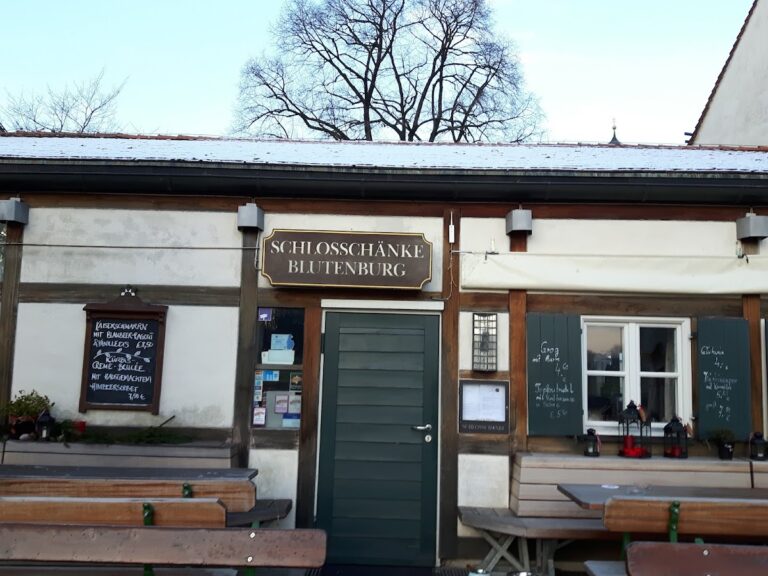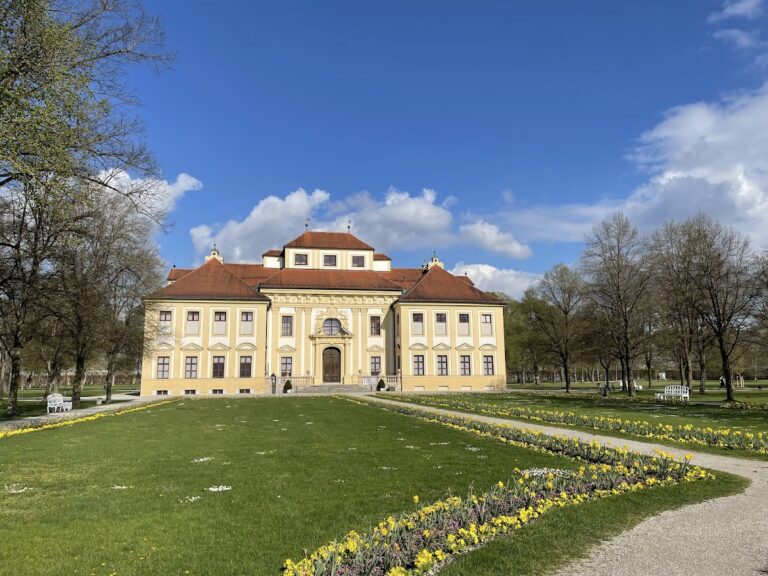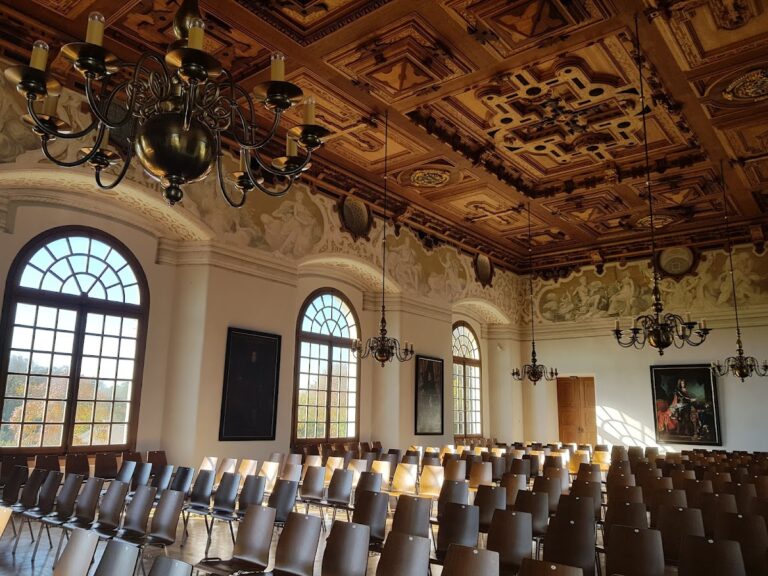Grünwald Castle: A Medieval Fortress and Historical Site in Germany
Visitor Information
Google Rating: 4.4
Popularity: Low
Google Maps: View on Google Maps
Official Website: www.archaeologie.bayern
Country: Germany
Civilization: Unclassified
Remains: Military
History
Grünwald Castle is situated in the municipality of Grünwald in Germany and was originally established by medieval German builders. Its earliest origins may trace back to a Roman watchtower or fortification located near the Isar River, suggesting the site’s strategic importance long before the medieval period.
The castle first appears in historical records during the 12th century as a possession of the Counts of Andechs. In 1272, ownership transferred to the Wittelsbach family when Duke Ludwig II of Bavaria acquired it from Ulrich von Vellenberg, a ministerialis serving the Andechs counts. During this time, the castle became a ducal residence, notably housing Duke Ludwig II’s third wife, Mechtild of Habsburg, daughter of King Rudolf I. Their son Ludwig, who would later become Emperor Ludwig the Bavarian, spent considerable time at Grünwald Castle.
In the late 14th century, around 1392, Duke Johannes III Grünwalder was born within the castle walls, earning his epithet from the site. The castle also served as a refuge during the plague outbreak in Munich between 1439 and 1440, sheltering Duke Albrecht III from the epidemic. A significant phase of construction took place in 1486–87 under the direction of master builder Jörg von Weikertshausen. This renovation coincided with the wedding of Duke Albrecht IV, and detailed accounts of the work survive in the Bavarian State Archives.
In February 1522, Grünwald Castle was the setting for the Grünwald Conference, where Dukes Wilhelm IV and Ludwig X resolved that Bavaria would remain Catholic while supporting reforms within the church. This decision marked the beginning of the Counter-Reformation in the Holy Roman Empire and Habsburg territories.
From the late 17th century onward, the castle’s importance declined as Elector Maximilian II preferred other residences. It was repurposed for various uses including a hunting lodge, a powder magazine, and a prison. The first recorded prisoner was an Italian impostor and alchemist known as “Count Domenico Manuel Caetano de Ruggiero,” who was held from 1698 until 1704.
In 1879, Grünwald Castle passed into private ownership outside the nobility and fell into a state of ruin despite some restoration efforts. Around 1970, plans emerged to demolish much of the castle ruins to make way for luxury housing. However, local citizen activism led to the Bavarian state purchasing the property in 1976. Since 1979, the castle has housed a branch of the Bavarian State Archaeological Collection, with the former bergfried (a tall defensive tower) converted into a viewing tower overlooking the Isar valley.
Remains
Grünwald Castle is a classic example of a medieval German stone fortress positioned on a hill above the Isar valley. Its layout follows an irregular rectangular plan, originally enclosed by a ring wall featuring strong towers and deep moats. A forecourt, known as a vorburg, lies before the main castle, serving as an outer defensive area.
The main entrance is located on the southeast side and is accessed through a projecting gate tower, or Torturm. This gate tower is distinguished by a stepped gable adorned with a renewed coat of arms cycle dating from the 1486–87 reconstruction. The heraldry includes the Bavarian-Palatinate arms of Duke Albrecht IV alongside symbols representing allied noble families, reflecting the castle’s political connections at the time.
In the northeast corner stands a tall, square tower resembling a donjon, a type of fortified keep common in medieval castles. The east wing extends along the castle’s length and contains two former residential towers topped with gabled roofs; one of these towers originally served as a bell tower. The northwest corner is marked by the embattled “Little Tower,” which adjoins the west wing composed of three buildings with roofs of varying heights.
A deep courtyard well lined with tufa stone, a porous limestone commonly used in medieval construction, dates back to the late Middle Ages and remains preserved within the castle grounds.
The castle’s structure largely reflects the late 15th-century rebuilding phase, although flooding from the Isar River in the 17th and 18th centuries caused partial demolition. This included the loss of the late-Gothic residential palace and the chapel of St. George, which once stood within the complex.
In 1984, large wall drawings were uncovered in the former prison area. Among these is a depiction of Jesus carrying the cross, attributed to the imprisoned Italian alchemist “Count Caetano de Ruggiero.” These artworks provide a rare glimpse into the personal expressions of a prisoner during the castle’s use as a detention site.
Today, the east wing accommodates a café, museum shop, and the Munich Museum Education Center. A large hall within this wing is used for special exhibitions and events. The west wing hosts a permanent exhibition that explores the castle’s history up to the year 1500 and presents information about other Bavarian castles. This exhibition includes educational displays explaining castle construction, their various functions, and aspects of medieval daily life.
